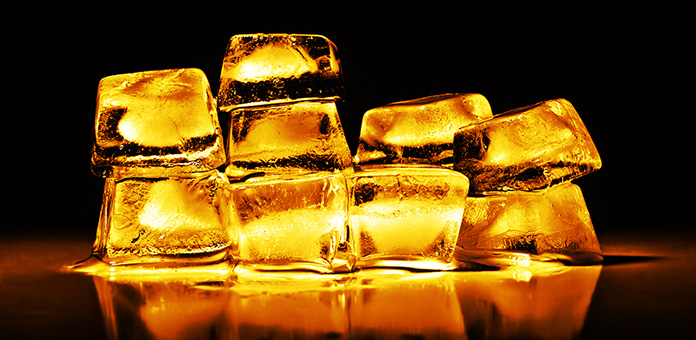
Everyone who buys gold for investment, whether long or short-term, should understand the role supply and demand plays in the pricing of all commodities. This reality makes a recent report about continuing gold deficits in the U.S. of particular interest to gold investors.
Gold Supplies Continue to Fall Below Demand
According to a recent analysis by SRSrocco, 2015 was the fourth year in a row that the consumption of gold in the U.S. significantly exceeded production and supply. In fact, the reported deficit of 118 metric tons was 50% higher than the 77 mt deficit of 2014. 1
The report included data from the leading sources of trading information, including USGS, Thomas Reuters GFMS, and the World Gold Council. The shortfall was based on the total consumption of 671 mt of gold, with an available supply of only 553 mt.
In an attempt to identify the areas creating such increased demand, the World Gold Council (WGC) points to the increasing number of Americans who are buying gold coins and bullion bars. Of special interest was the spike of buying in the later part of 2015 in both gold and silver. Also, it was noted that the sales of just two coins, the Gold American Eagle and the Gold American Buffalo, accounted for nearly 15 metric tons of gold consumption.
U.S. Gold Exports Equal Annual Supply
An additional data point in this report has attracted considerable attention. While the U.S. imported 265 mt and produced 213 mt from mining activity, the nation actually exported an equal amount. This activity left no new supply to satisfy increasing demand for coins, jewelry and industrial applications within the country.
Even more significantly, this deficit of 2015 was no aberration. Looking at the activity since 2012, the combined deficit of gold supply versus use was 568 mt, or 18.3 million ounces—equivalent to $22 billion at a gold price of $1,200 per ounce.
A Global Increase in Demand for Gold
According to the most recent comments from the World Gold Council, this demand for gold is worldwide, and is spurred in large part by “concerns around the shifting global economic and financial landscape.” 2 Further, while higher prices are depressing some use for jewelry, the strong buying by central banks is a major factor in increasing demand.
China and India remain the largest consumers of gold, reporting 984.5 mt and 848.9 mt respectively. 3 This means the two countries consumed nearly two thirds of all world gold production, which for all of 2015 was estimated to be roughly 3,000 mt.
Greater Demand Leads to Upward Pressure
These factors saw the consumption of 1,290 mt in the first quarter of 2016, resulting in the second-highest reported quarter on record and a 21 percent increase year-to-date. This increased activity is also producing significant inflows into ETFs. The WGC also noted that mining activity only increased by 5 percent in the fact of this demand, to 1,135 mt.
Addressing again the issue of supply and demand, gold investors are closely watching to see how the market will respond should this demand increase and grow over the coming months. 4 Without any indication that the global economic situation will show significant signs of improvement, or even stabilization, it is not unreasonable to expect upward pressure on market prices.
Additional Sources
2 – http://www.gold.org/supply-and-demand/gold-demand-trends
3 – http://www.statista.com/statistics/299638/gold-consumer-demand-by-top-consuming-country/
4 – http://www.reuters.com/article/us-gold-wgc-report-idUSKCN0T110B20151112

